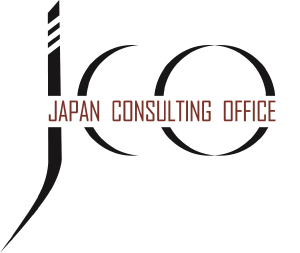(by Nikolaus Mach-Hour, Head of JCO Germany / VP global strategy)
After discussing changes in HR strategies as well as policies on gender, inclusion and diversity in the second part of the series, in this third installment we will review changes to the way Japanese companies organise work.
Changes at the workplace
At the risk of sounding hyperbolic, one could argue that before the pandemic, the overwhelming majority of Japanese management showed an almost “allergic” reaction to any demands for work-from-home options.
Japan still partially has a work culture that prizes long hours in the office and a willingness to run every topic by other colleagues and departments to achieve consensus.
But the younger generations of Japanese simply do not want to stick it out in work environments that do not meet their expectations any longer. Based on data from the Japanese trade union confederation in 2022, over the years the percentage of new recruits who quit jobs at major companies within the first three years has risen to 26.5%.
Although change was already slowly underway, the 2020 pandemic, as a catalyst, brought upon a major reimagining of work styles in Japan.
A. After being forced to switch to WFH in 2020, many of our customers have found the new remote ways to work rather more effective than initially feared. Most are now reorganizing all aspects of the organization (e.g. remodeling their office spaces to move away from the long rows of desks of the past) to reflect a less rigid notion of “work”. One of the smaller but very useful side effects is the fact that the Japanese staff are now much more used to having short term and more informal video meetings via MS teams or similar communication channels. This drastically reduced the number of business trips compared to 2019 when almost everything had to be discussed “in person” even if that person was on another continent.
B. Some companies are establishing decentralized “office hubs” that can be used to work out of in order to reduce the number of staff being rotated within Japan. There are also plans to move some HQs out of the big metropolises into smaller cities. Generally, while there are some companies that intend to fully return to “5 days a week” in the office, the majority is offering at least partial WFH options not only to staff outside of Japan but also to Japanese staff working in Japan.
C. We see a new trend by Japanese HR departments to feature individual, mostly young Japanese and non-Japanese employees in internal and external messaging (e.g. LinkedIn) to showcase what they are tasked with while at the same time mentioning their hobbies and interests outside of work. While this might seem like standard employer branding that all modern companies engage in, for Japanese organizations at least, it is a far cry from the “let us focus on the group and not raise one member above the others” attitude of days past.
All in all, there seems to be a growing understanding to provide more room for individualism.
D. Japan’s approach to distributing tasks and making decisions traditionally leans on generalists that are educated to collaborate in larger and flexible teams. But for some years now this system, infamous for its rather low “output per man hour”, has been overhauled to make way for a more Western approach using smaller teams consisting of more specialized people.
One very large JCO customer even published an interview with the Japanese CHRO on their company website in which he announced a full move to “job-based HR management” that would completely do away with the traditional generalist approach.
(End of part three)
In the next and final installment of this series, we will take a look at major changes in business strategy of JCO customers.







